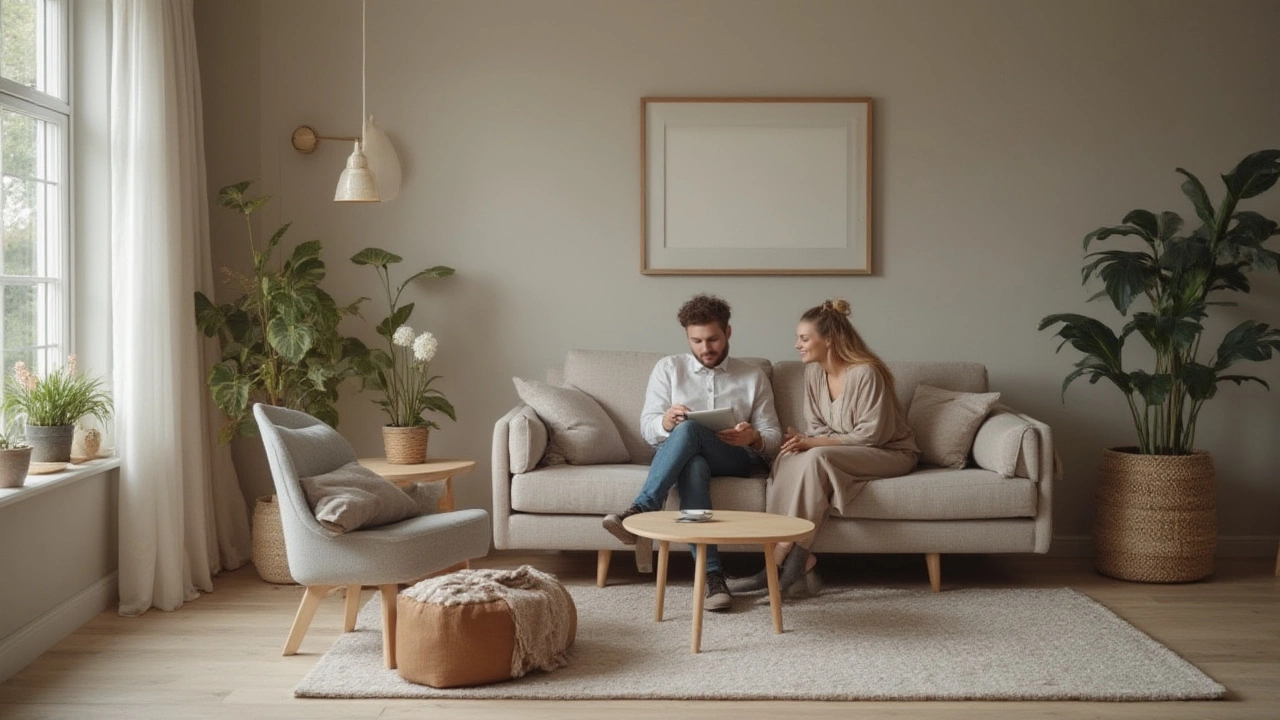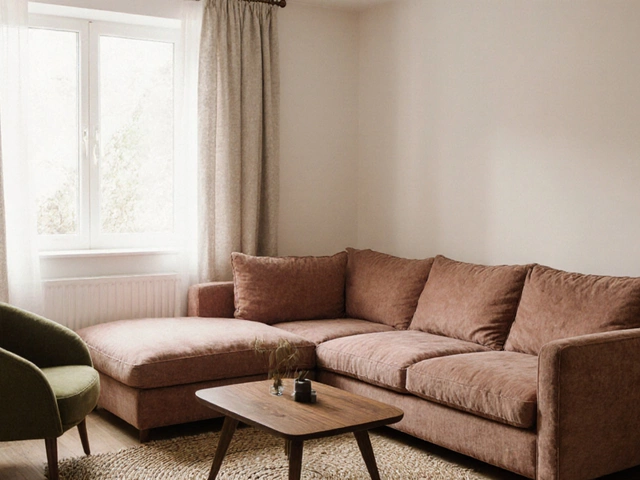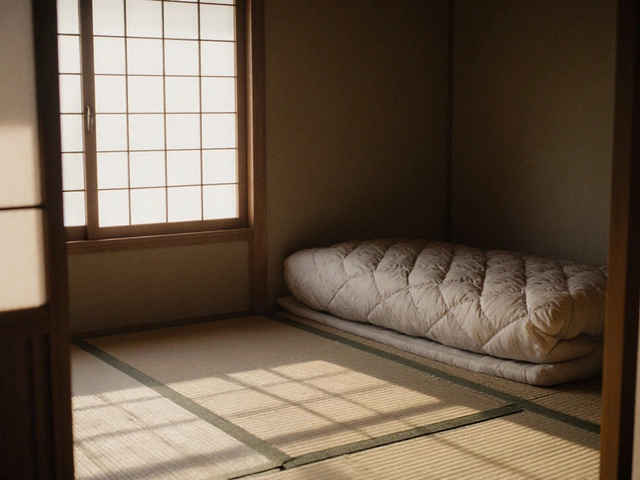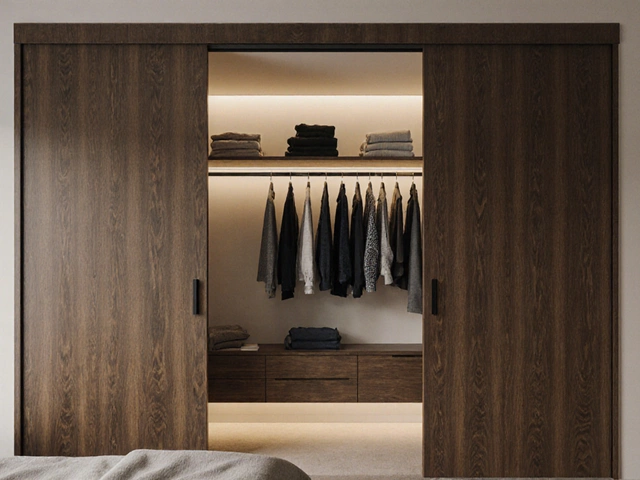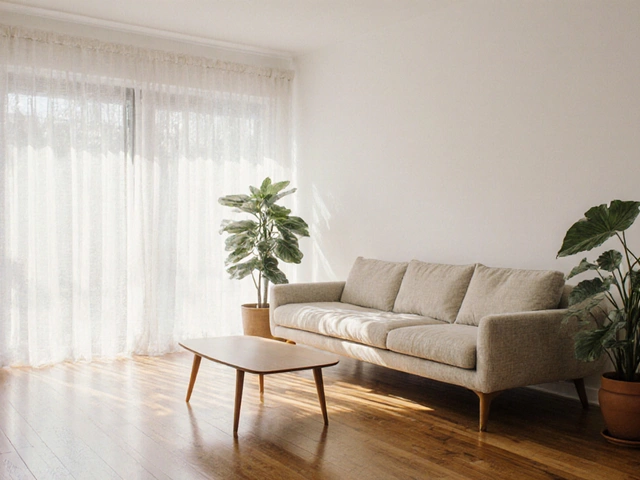Buying Less Furniture: Simple Ways to Cut Clutter and Save Money
Feeling cramped by too many tables, chairs, and wardrobes? You don’t need a massive overhaul to get a room that breathes. Start by looking at what you already own, decide what truly works for you, and then make smarter choices when you need something new. The goal isn’t to live like a monk – it’s to keep only the pieces that add value and get rid of the rest.
Step‑by‑Step Audit of What You Already Have
Grab a notebook and walk through each room. Write down every item of furniture, then ask yourself three quick questions: Do I use it daily? Does it match my style? Is it in good shape? If the answer is no to any of these, it’s a candidate for donation, sale, or recycling. A quick visual check can reveal hidden gems you forgot about, like a sturdy chest that could become a stylish TV stand.
Next, measure the space you actually have. Too often we buy a piece that looks great online but doesn’t fit the doorway or leaves no room to move. Knowing the exact dimensions helps you avoid impulse buys that become eyesores. Keep a list of the gaps you discover – those empty corners are opportunities for multi‑purpose furniture rather than another single‑use item.
Smart Buying Strategies for Fewer, Better Pieces
When you’ve trimmed the excess, focus on quality over quantity. A well‑made bed frame or a solid oak wardrobe will last decades and save you the hassle of frequent replacements. Look for timeless designs that can adapt to changing décor trends instead of trendy pieces that age quickly.
If you need something new, start with second‑hand shops, online marketplaces, or local classifieds. You’ll often find high‑quality items for a fraction of the price, and you’re also giving furniture a second life. Before you commit, test the piece – sit on a sofa, open a drawer, check the sturdiness of a table. A quick inspection can prevent buyer’s remorse.
Another tip is to choose furniture that serves more than one function. A bench with storage inside, a coffee table that lifts to become a desk, or a bed with built‑in drawers can replace several single‑purpose items. This approach reduces clutter and keeps your budget in check.
Finally, set a clear budget and stick to it. Write down the maximum you’re willing to spend on each item and resist the urge to add “just one more” when you’re shopping. If something feels like a splurge, wait 48 hours; often the urge fades, and you’ll realize you don’t need it.
By auditing what you own, measuring your space, and buying smarter, you’ll end up with a home that feels open, functional, and personal – all without drowning in furniture. Start small, stay consistent, and watch the space and savings grow.
Why People Are Buying Less Furniture in 2025: Market Shifts, Trends, and Surprising Data
Discover why people are buying less furniture in 2025, with hard facts, new trends, and smart tips to help you navigate the changing home decor market.
